Otrzymałem od pszczelarza taki ciekawy artefakt z ula. Otóż ten straszny owad to tylko największa w Polsce ćma, która nazywa się trupia główka, taki ogromniasty motyl nocny. Na jej grzbiecie widnieje charakterystyczny wzór przypominający czaszkę. Podobno były w polsce przesądy, bo wierzono, że jej pojawienie się zwiastuje śmierć lub nieszczęście w rodzinie. Ja nie wierzę w przesądy i zabrałem zasuszonego motyla do domu na sesję zdjęciową.
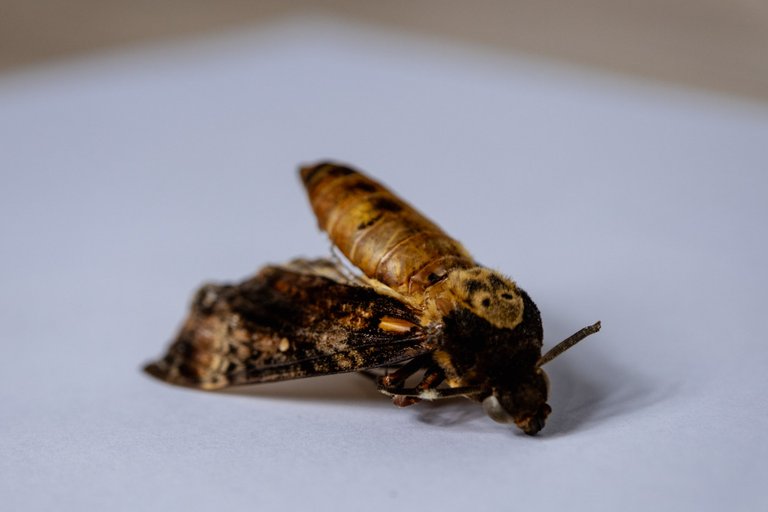
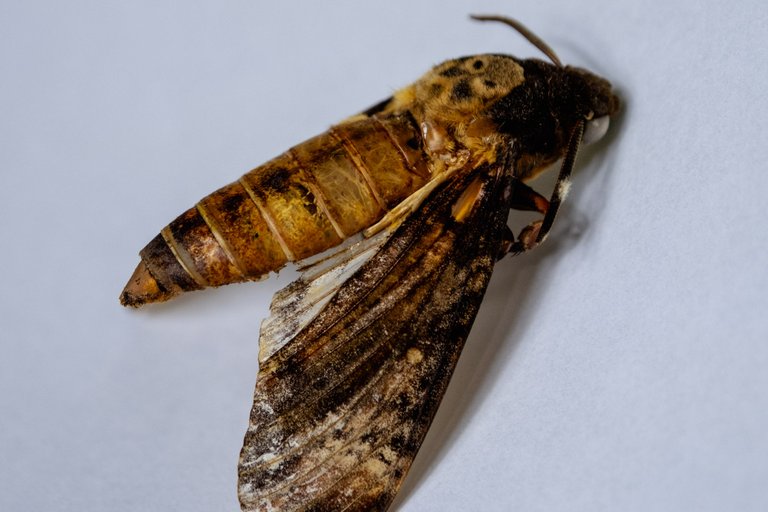

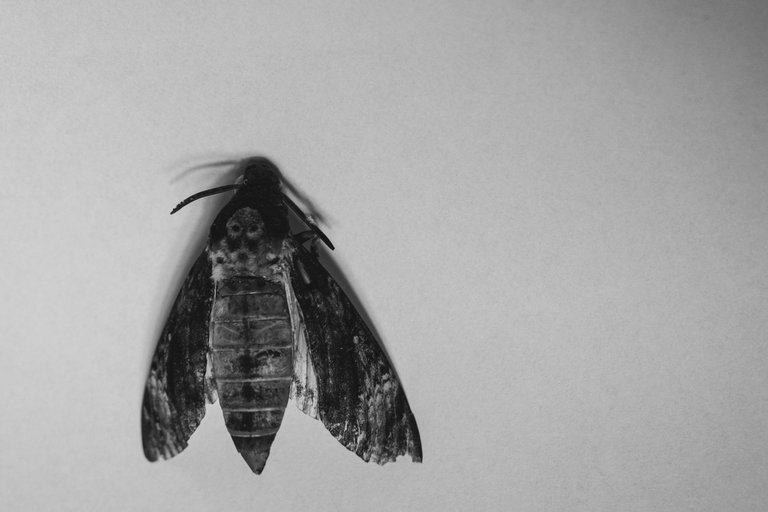
Z ciekawszych informacji to ta ćma potrafi kraść miód z pszczelich uli. Posiada specjalnie przystosowaną ssawkę, która pozwala jej przebijać się przez woskowe komórki plastra i wysysać pyszną i odżywczą zawartość - gotowe jedzonko za darmoszkę. Co ciekawsze, potrafi również naśladować dźwięki królowej pszczół, dzięki czemu może niezauważenie poruszać się w ulu i wejść jako członek rodziny, pilnująca straż ulowa ją zaprasza gdy słyszy piękny dźwięk mateczki pszczelej.
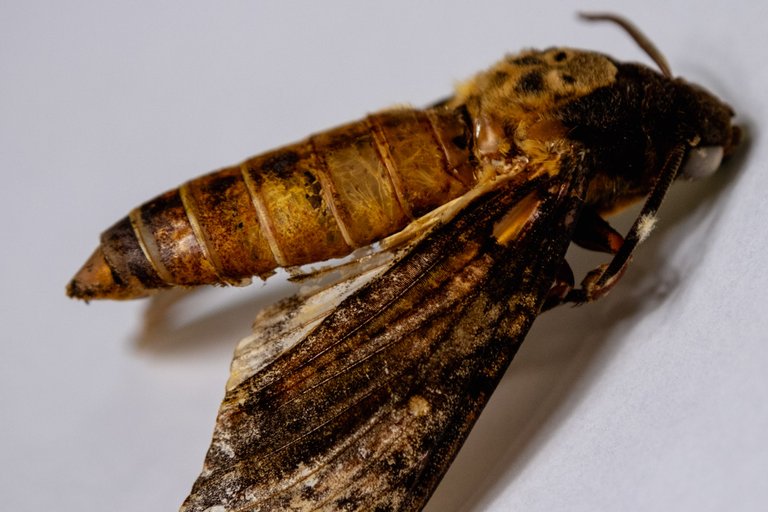
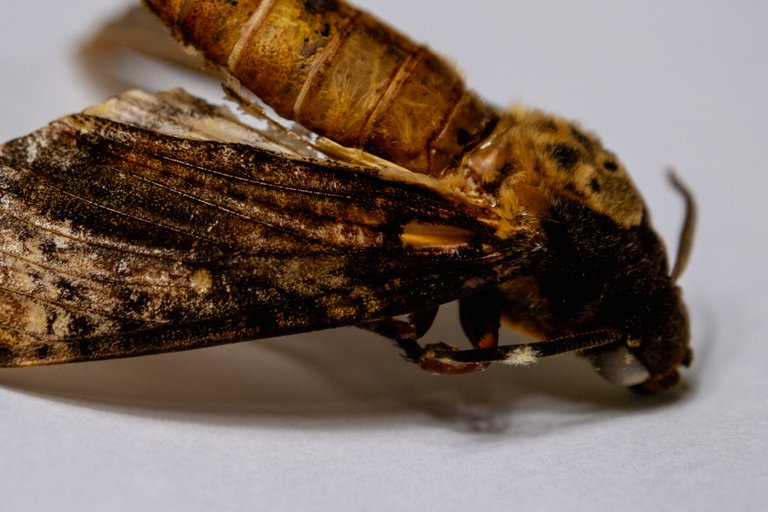
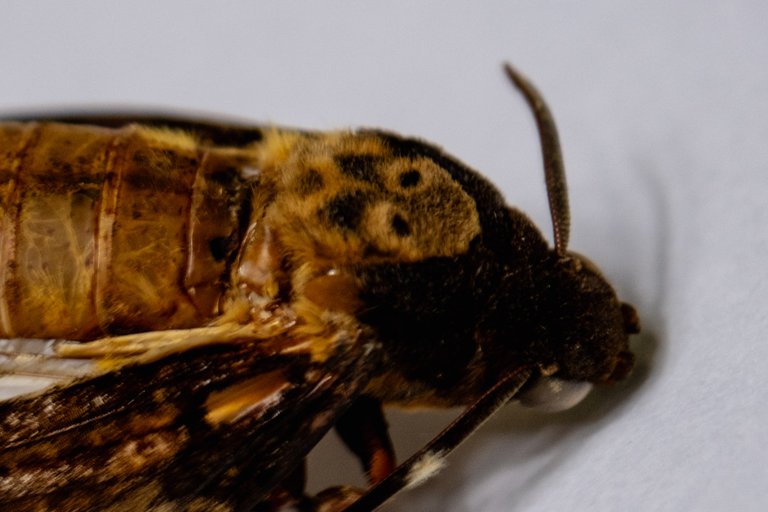
Pomimo groźnego wyglądu i tajemniczej otoczki, ćma trupia główka jest całkowicie nieszkodliwa dla ludzi. Jest motylem wędrownym – wiosną przylatuje do Europy z Afryki, a jesienią wraca najczęściej na południe. W ciągu swojego życia może pokonać setki kilometrów a żyje dość krótko, bo około trzy miesiące.
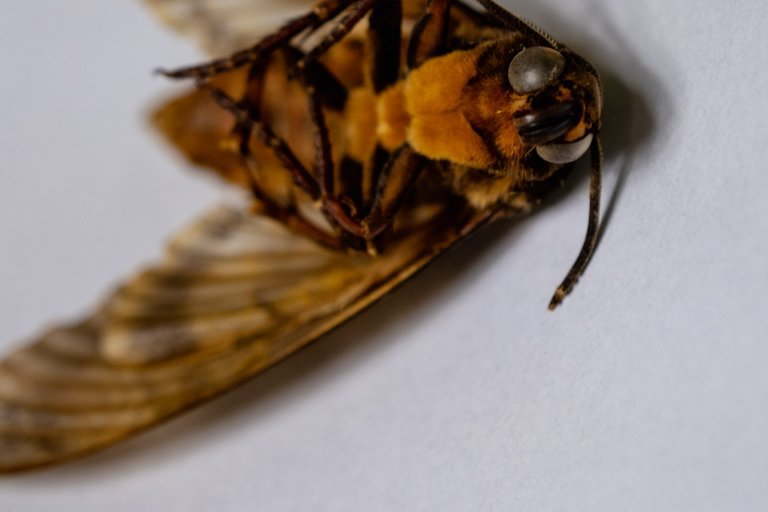
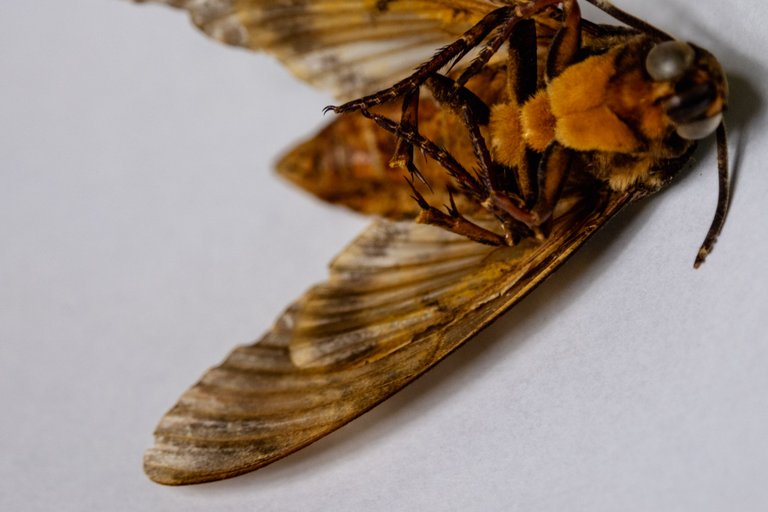
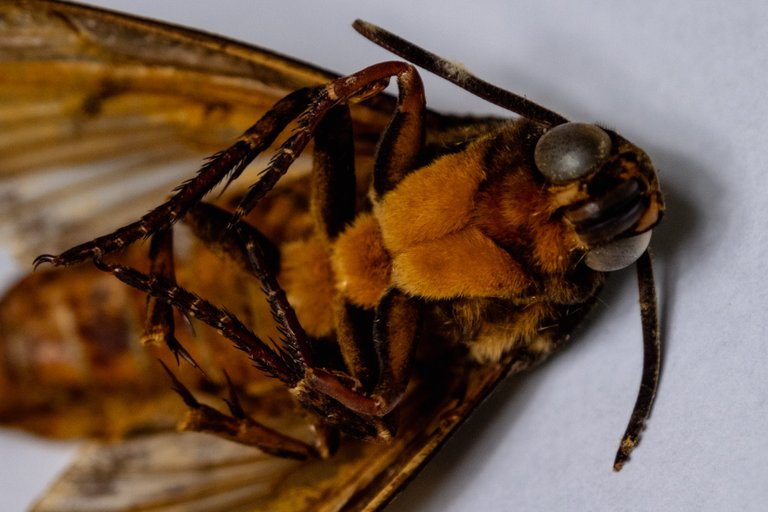
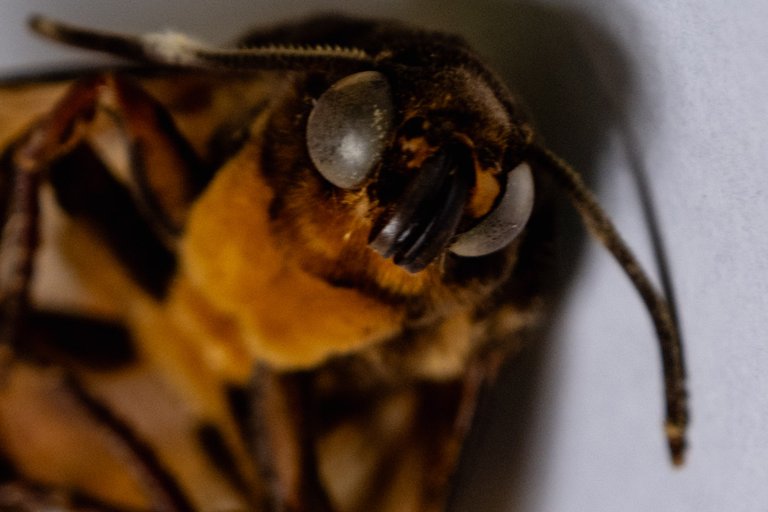
ENG
I received such an interesting artifact from the hive from a beekeeper. This terrible insect is just the largest moth in Poland, which is called the death's head, a huge night butterfly. On its back there is a characteristic pattern resembling a skull. Apparently there were superstitions in Poland, because it was believed that its appearance heralds death or misfortune in the family. I don't believe in superstitions and I took the dried butterfly home for a photo session.




More interestingly, this moth can steal honey from bee hives. It has a specially adapted sucker that allows it to break through the wax cells of the comb and suck out the delicious and nutritious contents - ready-made food for free. What is more interesting, she can also imitate the sounds of the queen bee, thanks to which she can move unnoticed in the hive and enter as a member of the family, the guard of the hive invites her when she hears the beautiful sound of the queen bee.



Despite its menacing appearance and mysterious shell, the death's head moth is completely harmless to humans. It is a migratory butterfly - in spring it flies to Europe from Africa, and in autumn it usually returns to the south. During its life it can cover hundreds of kilometers and lives quite a short time, about three months.




Photo by @szejq 📸 | Fuji X | Adobe Lightroom
